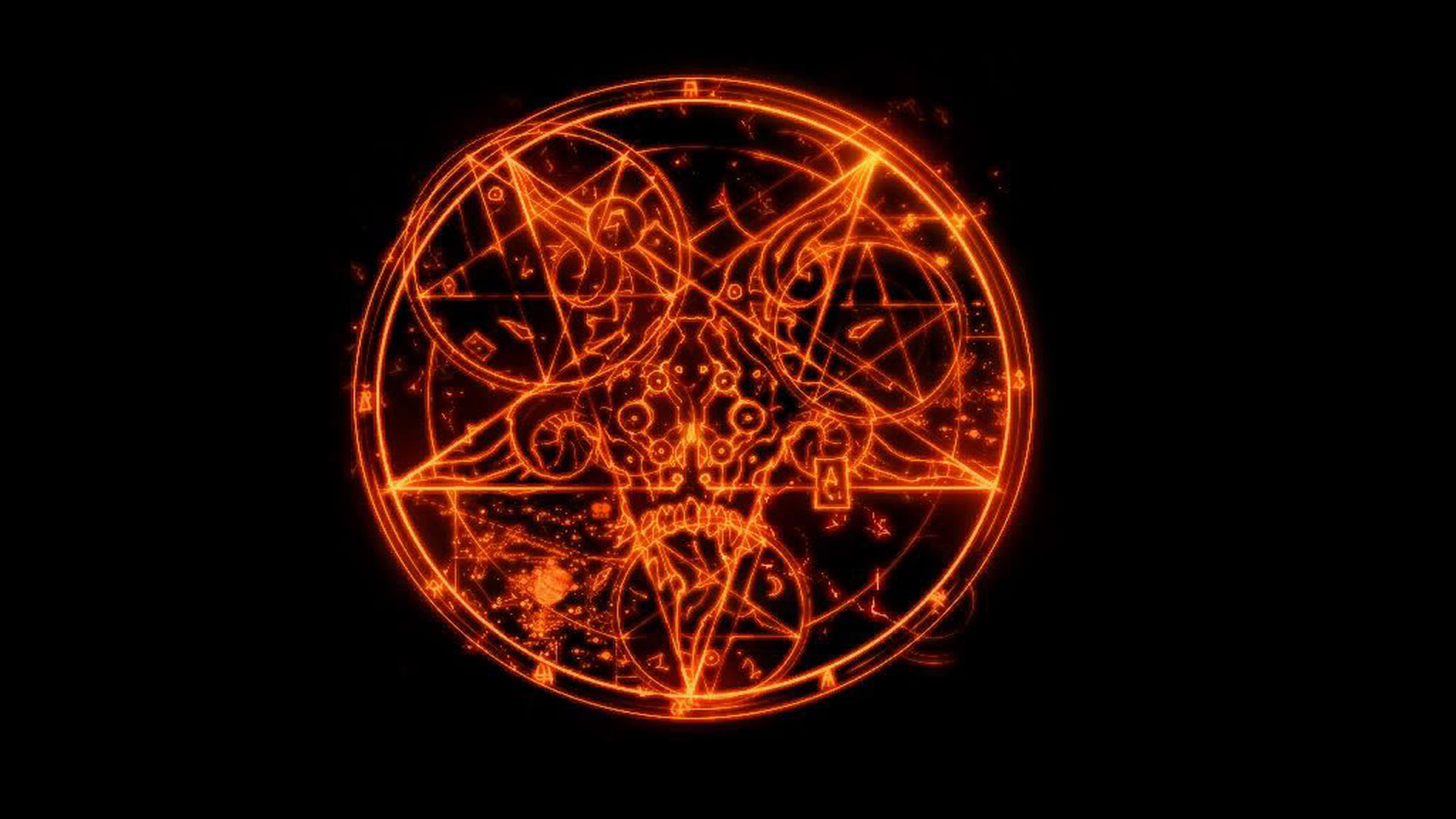Savage Occult: Rites of Passage and Durkheim’s fallacy
The
Savage Occultist or Post-Modern Prometheus experiences the rite of passage in a
peculiar way. In fact, their entire existence follows the pattern of
separation, liminality and reintegration. The idea of separation in particular
holds much more relevancy to the Savage than it does for anybody else
undergoing the rite of passage. While separating from society in order to enter
a transitionary state and ultimately be reintegrated with a new status, they
also experience a separation of time and space. As the Other, the Savage isn’t thought
to exist in the same time period as those in ‘civilized’ society. The Savage is
archaic and lives in a time of the past. This denial of coevalness is a problem
because it relegates the Savage Occultist and the ‘civilized’ into an ‘us’
versus ‘them’ mentality. They are separated in time. Moreover, this separation
in time implies a linear succession of stages that civilization supposedly
undergoes. The differences as described by Emile Durkheim begin with archaic or
barbarism and culminate with modern scientific civilized culture. Thus the
differences are interpreted as distance or spatially. I call this train of
thought Durkheim’s fallacy because the Savage is separated from the civilized ‘for
their own sake’. The separation is a refusal to see the Savage and his occult
practices in the same time frame as so-called modern society. Described as a “cold”
culture, the Other is a relic of the past. As Johannes Fabian remarked, “Anthropologists
have used the term animism (which they invented in order to separate primitive
mentality from modern rationality) as a means to indicate that an opponent is
no longer in the contemporary arena of debate”.[1]
The Occultist Savage Other is separated from modern society by time and space
for the ultimate goal of making their practices irrelevant.

So how
do we resolve or begin to reintegrate Durkheim’s fallacy without patronizing
the Other in the process? One possible avenue is through a relativism that
describes the entities (supernatural or other) as only proper to that particular
culture. Although this cultural relativism is goodhearted, it still makes the
Savage a third person in a two-way discussion. Another possible solution and
one that I admit makes sense especially in terms of Occult or ‘hidden knowledge’
is to leave the Savage an unknown. After all, as Bastion states, “For us,
primitive societies are ephemeral, ie, as regards out knowledge of, and our
relations with them, in fact, inasmuch as they exist for us at all. At the very
instant they become known to us they are doomed”.[2]
Like the primitive in situ, undiscovered and unknown, perhaps the Occultist
should also remain a mystery. Perhaps
the Occultist should be left to their own devices and trajectory but to do so
would deny them the liminal ontological change that occurs when interaction
occurs with another culture. Furthermore, it is naïve to think in this day and
age that anonymity is even possible. One look at Google Maps shows that
anonymous is a modern myth.

However,
a viable solution is found within the rite of passage itself. As stated before,
a separation of time and space is said to occur between the Savage Occultist
and modern society. This separation is legitimate but unlike Durkheim’s fallacy
of placing epochs into a linear succession of primitive to modern, the Savage
separates but exists in a different line of descent. As Fabian remarked, “Research
into the principles of social organization must not be relegated to a mythical
time of origins, nor can it be reduced to the construction of stages. Forms of
social differentiation must be seen as “moments” which, from the beginning of
history, and ever since human beings lived, have existed ‘simultaneously’ and
still determine history” (158).[3]
The difference then between Durkheim’s linear fallacy and this multiple lines
of descent is in the fact that the primitive and the modern exist
simultaneously and are able to interact. A relevant analogy can be found in physical
anthropology. Any academic or scholar of ancient Man will verify that
differences in cranial capacity, bi-pedalism, opposable thumbs and other bodily
characteristics are found in various hominids through time. Although at first
glance, the argument can be made that the anthropological record shows a linear
succession of selection or adaptation over millions of years. And that’s
completely reasonable. But remember we’re discussing the rite of passage as it
pertains to Savage thought. Taking this into consideration, we search for
periods of overlap or cusps where multiple hominids existed simultaneously. These
liminal periods of convergence led to hybridism and mutation. When the lines of
descent interacted, entities enter a
liminal state and are changed. These hybrids became ontologically different
than before and reintegrated a new being. Who’s to say that this can’t be
re-actualized by modern society and Savage Occult thought? The result is a
post-modern Savage existing simultaneously within a society that has been
invaded by the ‘Time of the Other’. No longer feared or held in derision, the
occult Other has reintegrated and begun a new path to explore in contemporary
society.








